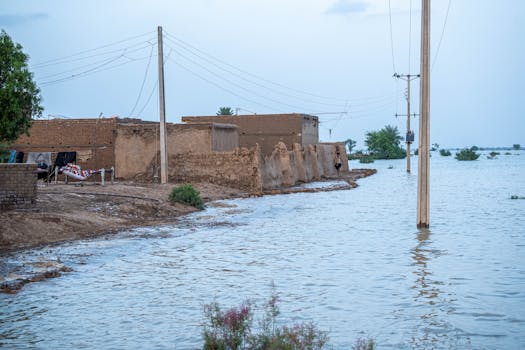GEO Satellites: Revolutionizing Global Communication and Navigation – GEO Satellites

GEO Satellites: Revolutionizing Global Communication and Navigation – GEO Satellites
GEO satellites, or Geostationary Earth Orbit satellites, are a type of satellite that orbits the Earth at an altitude of approximately 36,000 kilometers, remaining stationary relative to a fixed point on the planet. This unique characteristic allows GEO satellites to provide continuous coverage of a specific region, making them ideal for a wide range of applications, including global communication, navigation, and weather forecasting.
The use of GEO satellites has become increasingly prevalent in recent years, with numerous countries and organizations launching their own satellites to take advantage of their capabilities. One of the primary benefits of GEO satellites is their ability to provide high-speed internet access to remote and underserved areas, helping to bridge the digital divide and promote economic development.
History of GEO Satellites
The concept of GEO satellites was first proposed by scientist Arthur C. Clarke in 1945, and the first GEO satellite, Syncom 2, was launched by NASA in 1963. Since then, the technology has evolved significantly, with modern GEO satellites boasting advanced capabilities such as high-gain antennas, sophisticated propulsion systems, and enhanced power generation.
Today, GEO satellites play a critical role in global communication, navigation, and weather forecasting. They are used by governments, businesses, and individuals around the world to provide a range of services, including television broadcasting, telecommunications, and data relay. The use of GEO satellites has also enabled the development of critical infrastructure, such as GPS and other navigation systems, which rely on the accurate positioning and timing signals provided by these satellites.
Applications of GEO Satellites
GEO satellites have a wide range of applications, including:
Global communication: GEO satellites provide high-speed internet access, voice and data communications, and television broadcasting to remote and underserved areas.
Navigation: GEO satellites are used to provide precise location services, including GPS and other navigation systems, which are critical for aviation, maritime, and land transportation.
Weather forecasting: GEO satellites are used to monitor weather patterns, track storms, and predict weather conditions, providing critical information for emergency management and response.
Earth observation: GEO satellites are used to monitor the Earth’s environment, track climate change, and detect natural disasters, providing valuable insights for scientists, policymakers, and emergency responders.
Challenges and Future Developments
Despite the many benefits of GEO satellites, there are also challenges associated with their use. One of the primary concerns is the risk of satellite collisions, which can result in significant damage and debris in Earth’s orbit. Additionally, the increasing number of satellites in GEO orbit has raised concerns about congestion and interference, which can impact the performance and reliability of satellite communications.
To address these challenges, researchers and developers are working on new technologies and strategies, such as advanced propulsion systems, more efficient power generation, and improved debris removal techniques. The development of new satellite constellations, such as OneWeb and Starlink, is also expected to increase the availability and accessibility of satellite communications, while reducing costs and improving performance.
In conclusion, GEO satellites are a vital component of modern society, providing critical services and capabilities that enable global communication, navigation, and weather forecasting. As the technology continues to evolve, we can expect to see new and innovative applications of GEO satellites, from enhanced earth observation to improved emergency response and disaster management.




